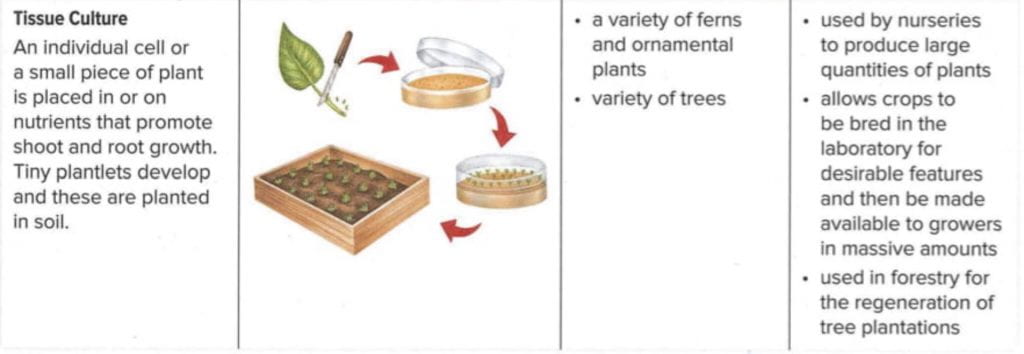These past few weeks in science we’ve done an exciting new unit called Clone Army. We learned how to clone plants such as dandelions and bamboo. Along with my friend Jordyn, we learned how to create plant clones which are genetically identical to the parent plants. Although you may be thinking, how could two plants look identical? Well, they can’t really. That’s because cloning plants doesn’t mean they’re going to look identical on the outside, but inside they will have the exact DNA making them identical on the inside.
We first started our project by making a project start mind map using the app MindNode. I wrote down some things that I was curious about, already knew or was exited for in the project. After we set that aside, we moved on to part two of the project which was the gathering of information and building our understanding on the topic itself which was much broader than I anticipated. We took our learning much farther than just how to clone a plant. We learned about what it takes to get to that point in a plants life and how plants clone and reproduce themselves in nature. We learned all about mitosis which, to put it simply is reproduction of cells by a cell dividing into two daughter cells with the same genetic DNA (a clone). Moving onto part three which was a lot of crash courses, khan academy quizzes and a final little test. I learned a huge amount from watching and learning from these videos and quizzes. I started to gain a greater understanding of the other ways of reproduction such as Budding. Budding is when organism develops a bud or growth. The bud creates its own tissue from the original cell and creates an identical copy of it. The new organism stays attached as it grows, separating from the parent organism when its grown enough. Since the reproduction is asexual, the new organism is a clone and is genetically identical to the original or parent organism. I also learned of Fragmentation and Binary Fission which are all forms of asexual reproduction.
Learning how how to use a microscope – an instructional video:
Part four of the project was where we started to learn more about the actual cloning plants process. Jordyn and I started by learning how to clone a dandelion, along with the rest if the class. This was our step by step process cloning the dandelion:
After doing this actually we moved on to choosing the plant that we wanted to clone ourselves, which ended up being bamboo. This was our procedure plan:
We learned how to create wetmount slides to put under the microscope and look at the cells. This was the video Jordyn and I created with a step by step tutorial:
Learning how to make the slides our super fun and we got to look at the plants we had cloned under the microscope and see the different stages of mitosis that were occurring in the cells.
Now I’ll talk about a few curricular competencies that I worked on during this project. The first competency I could have improved on was processing and analyzing data and information. I used this competency during the project when we needed to use knowledge of scientific concepts to draw conclusions that were consistent with evidence. Our project was good in this area by presenting many hypotheses but we could have shown more of how changing variables will change other variables and the subsequent effects on one another. A competency that I excelled in during this project was planning and conducting. I used this competency when we needed to collaboratively and individuality plan, select, and use appropriate investigation methods, including field work and lab experiments to collect reliable data. With confidence I was able to select and use appropriate equipment, including digital technologies, to systematically and accurately collect and record data, and was able to transfer and apply my learning to new situations.









